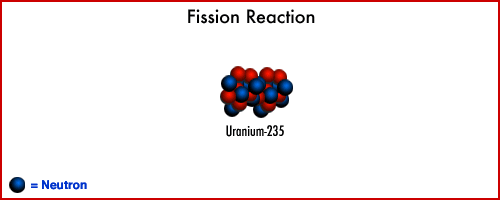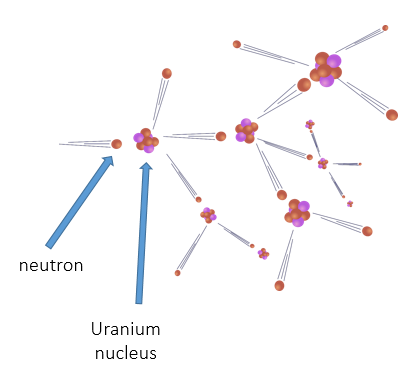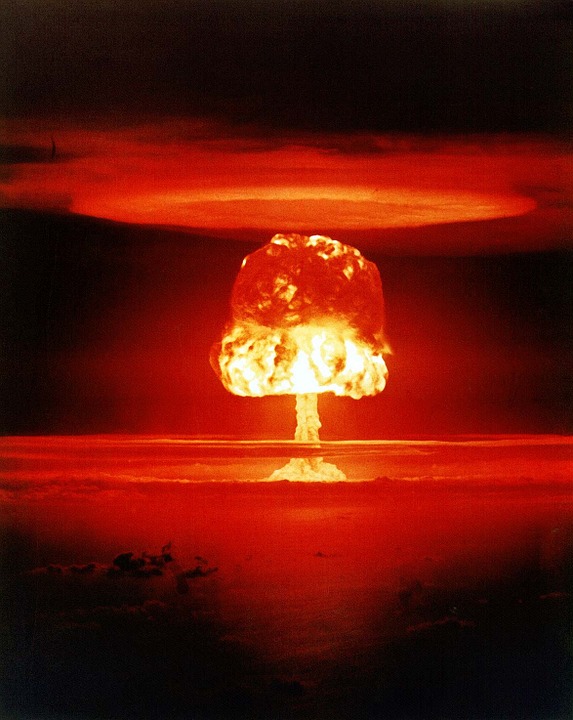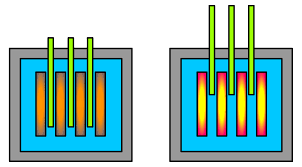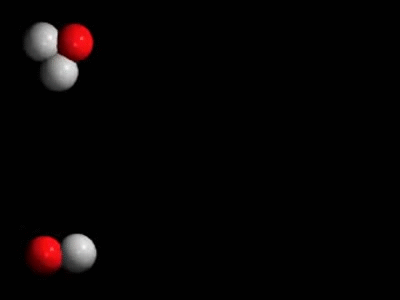Fusion and Fission
Nuclear Fission
Nuclear fission is splitting a nucleus, this releases energy. The energy can be used to heat water and produce steam in a nuclear power station.
There are two commonly used radioactive substances in power stations:
- Uranium-235
- Plutonium-239
A neutron is targeted at the radioactive nucleus. The nucleus splits into two smaller nuclei and more neutrons are released. This can start a chain reaction
The explosion caused by a nuclear weapon is caused by an uncontrolled chain reaction
The chain reaction is controlled in a reactor to control the amount of energy released
- Control rods can absorb neutrons
- Raising or lowering the control rods can increase or decrease the rate of the chain reaction
Advantages of Nuclear (fission) power stations:
- Only small amounts of fuel needed (not in danger of running out)
- Low running costs
- No gas emissions
- High power output
Disadvantages of Nuclear (fission) power stations:
- Radioactive waste produced
- High, intermediate and low level waste
- Emits ionising radiation – harmful to humans
- Radioactive for a long time
- Storage needs to be secure and permanent
- Power stations are expensive to build and decommission (dismantle)
- Safety – accidents are rare but, if they do happen, they can be catastrophic (see Chernobyl)
Nuclear Fusion
In the nucleus of an atom, electromagnetic forces act between protons to repel each other. The strong nuclear force holds them together. The strong nuclear force is stronger than the electromagnetic force but only acts over very small distances.
Nuclear fusion is the joining together of two (hydrogen) nuclei. Pushing the nuclei together is difficult due to the electromagnetic repulsion between the positive charges. Once they are close enough for the strong nuclear force to act, the nuclei fuse together. A large amount of energy is released.
Fusion reactors are a source of ongoing research
Potential advantages:
- Fuel easily available (hydrogen isotopes in seawater)
- The waste product, Helium, is not radioactive
- Large amounts of energy could be produced
Current difficulties:
- Very high temperature and pressure required to overcome electrostatic repulsion
- This currently requires more energy than it produces!
- Splitting a nucleus is known as nuclear ________?
- fission
- Joining two nuclei together is known as nuclear _________?
- fusion
- What is the name of the force that holds the particles in the nucleus together?
- Your answer should include: strong / nuclear / force
